How to Handle a Self-Directed IRA
Traditional and Roth IRAs are great tools to use for financial, estate, and retirement planning. One way individuals “turbocharge” their IRA’s performance is to use a self-directed IRA, which is able to hold alternative investments that offer potentially higher returns. Although this is a useful feature, there could be some tax-traps that have the ability to throw a wrench into your plans if your self-directed are not carefully attended to.
Tax Advantages
Usually, IRAs offer a limited amount of stocks, mutual funds or bonds. Certain financial institutions have the option of choosing a self-directed IRA that allows people a wide menu of investments, which includes interests in LLCs and partnerships, precious metals, real estate, and closely held stocks. With a higher flexibility for investments, self-directed IRAs allow for more diversification and a potentially substantially higher return on investments.
These types of IRAs can also provide valuable estate planning opportunities. This can allow you to transfer assets such as closely held stock and real estate to your children or other family members at a tax-advantage.
It is important to note that self-directed IRAs cannot invest in certain kinds of assets like S corporation stocks, collectibles (i.e., art or coin collections), and insurance contracts.
Tax-Traps
There are several complex rules regarding a self-directed IRA, and one mistake could cost someone any hope of utilizing this IRA’s benefits. The most destroying trap is the “prohibited transaction rules”, which restricts transactions between “disqualified persons” and an IRA. Disqualified persons are the account holder, the IRA’s beneficiaries, specific members of the account holder’s family, business(es) that the account holder or his/her family control, and specific service providers and advisors to the IRA.
All disqualified persons are prohibited from taking part in a number of transactions, including:
- Selling or buying property from the IRA,
- Lending money or guaranteeing a loan to the IRA,
- Promising IRA assets as collateral for a loan,
- Furnishing services or goods to the IRA,
- Receiving compensation from the IRA, or
- Personally use the IRA’s assets.
There are harsh penalties for violating transaction rules. If the account holder or a beneficiary engages in any prohibited transaction, the IRA becomes disqualified and its assets are deemed to have been distributed on the first day of the tax year that the prohibited transaction takes place. As a result, the account holder or the beneficiary will receive a bill for interest and penalties and all the IRA’s tax benefits are erased. If a different disqualified person other than the account holder or beneficiary violates a prohibited transaction rule, that person will be charge a large excise tax and must reverse the transaction.
The rules for prohibited transactions with a self-directed IRA make it nearly impossible for the account holder or his/her family to manage business or real estate interests. To avoid disqualifying the IRA, the account holder and his/her family should have a passive role with the IRA’s assets.
Two more common tax-traps are the unrelated business taxable income (UBTI), which may be generated by IRA investments in operating companies, and the unrelated debt-financed income (UDFI), which may be generated by IRA investments in debt- or mortgage-financed property. The UBTI or UDFI will not disqualify an IRA, but they will incur a tax-cost that should be considered before moving forward with a self-directed IRA.
Seek Professional Advice
Our professionals can help you weigh the pros and cons of setting up a self-directed IRA to help you determine if it is the right choice for you. We can also help you develop a plan to avoid the tax-traps.



